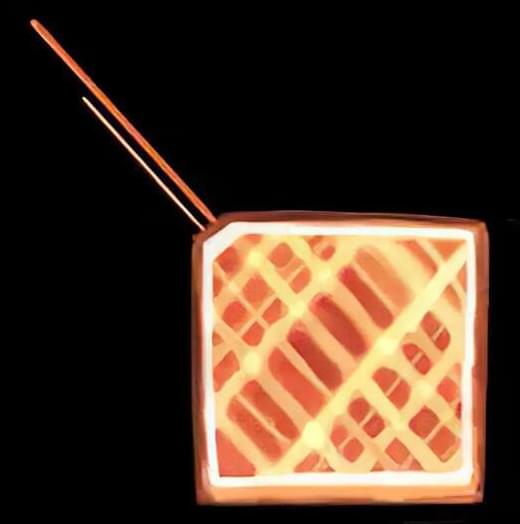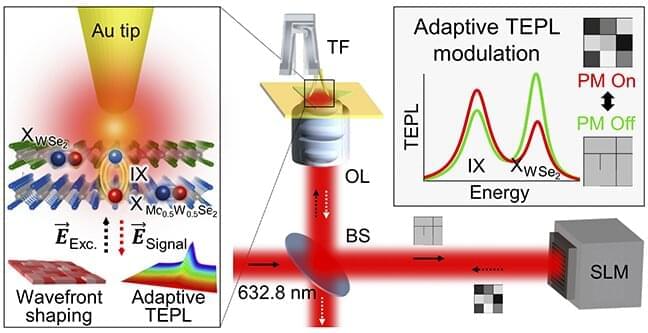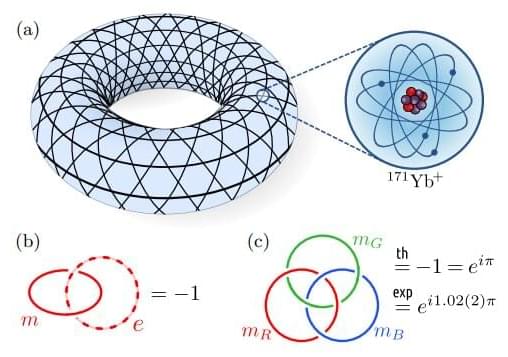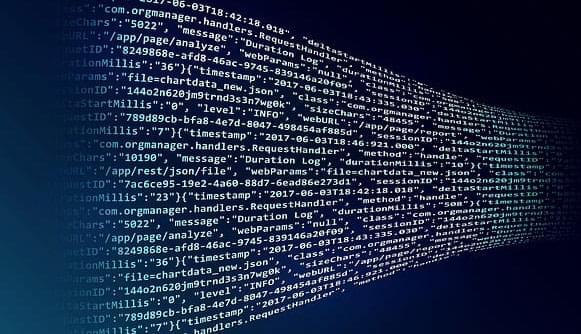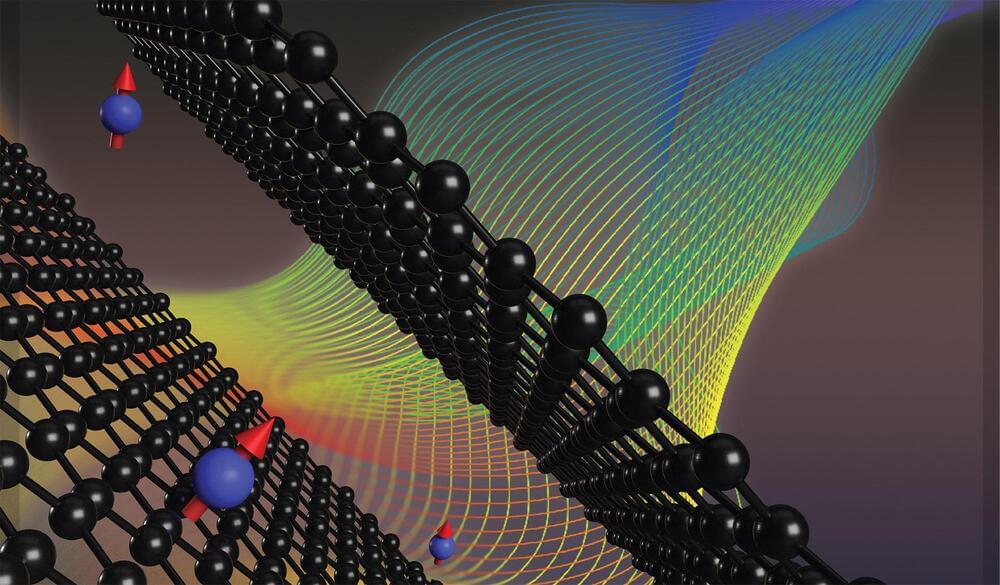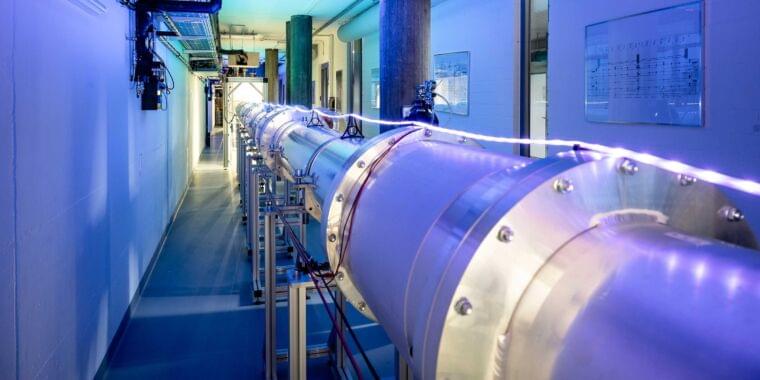The University of Illinois Urbana-Champaign’s nuclear physics group is participating in the nEDM experiment at Oak Ridge National Laboratory, aiming to measure the neutron’s electric dipole moment to constrain theories in particle physics. The researchers aim to construct sensors for the nEDM experiment and explore their potential applications in quantum information science. The unique quantum properties of nitrogen-vacancy diamond make it a promising candidate for quantum sensing and quantum memory.
The nuclear physics group at the University of Illinois Urbana-Champaign is looking for evidence of new physics in neutrons, electrically neutral particles that hold atomic nuclei together with an interaction called the strong force. Faculty and researchers are participating in the nEDM experiment at Oak Ridge National Laboratory which will measure the neutron’s electric dipole moment, a property that allows neutrons to interact with electric fields despite their neutrality. A precise measurement will constrain theories extending the current standard model of particle physics. To achieve this, the researchers must accurately measure subtle changes in very strong electric fields.
Professor of Physics Douglas Beck has been awarded a grant from the Department of Energy to develop sensors based on nitrogen-vacancy diamond, a material whose quantum properties at low temperatures make it unusually sensitive to electric fields. His research group has shown that the material can measure strong electric fields, and the award will allow the researchers to construct sensors ready to use in the nEDM experiment. In addition, the material’s quantum properties make it a promising candidate for quantum information science. The researchers will also explore these potential applications.
